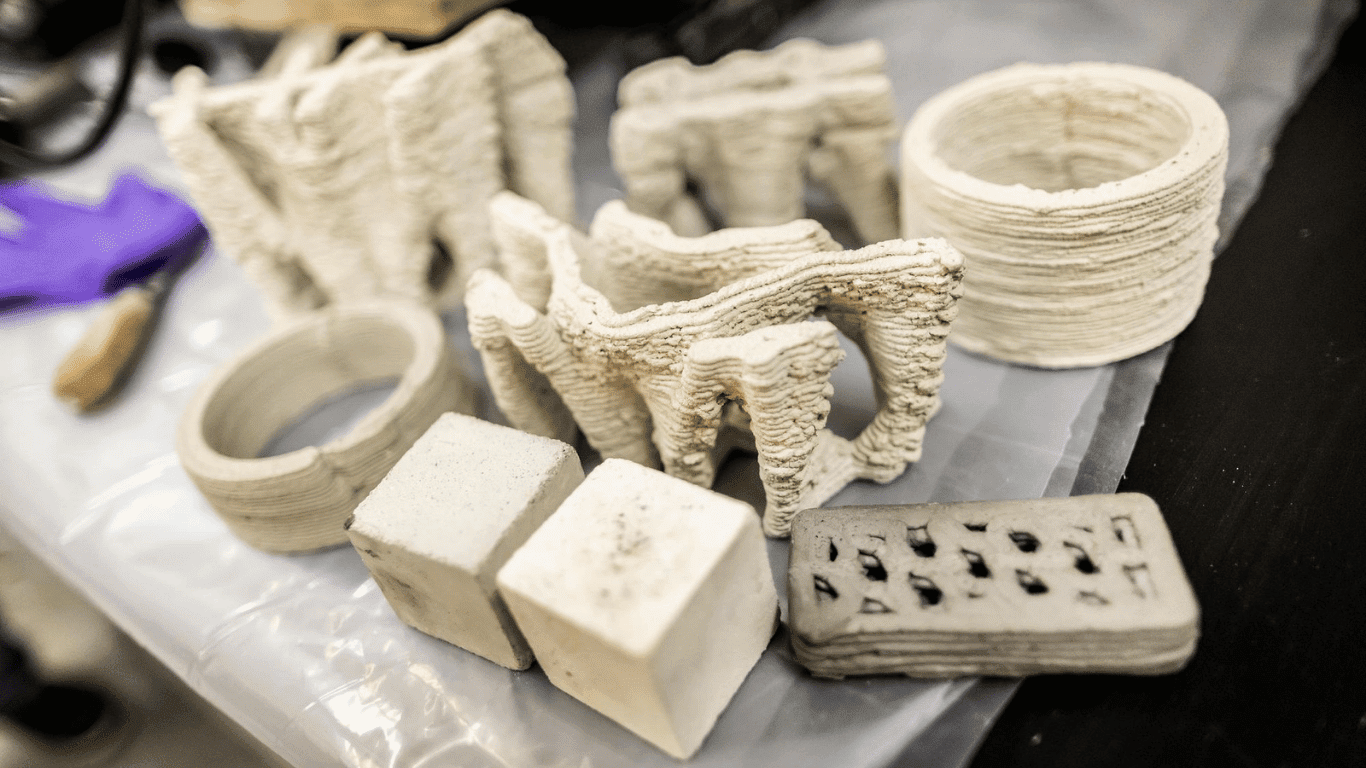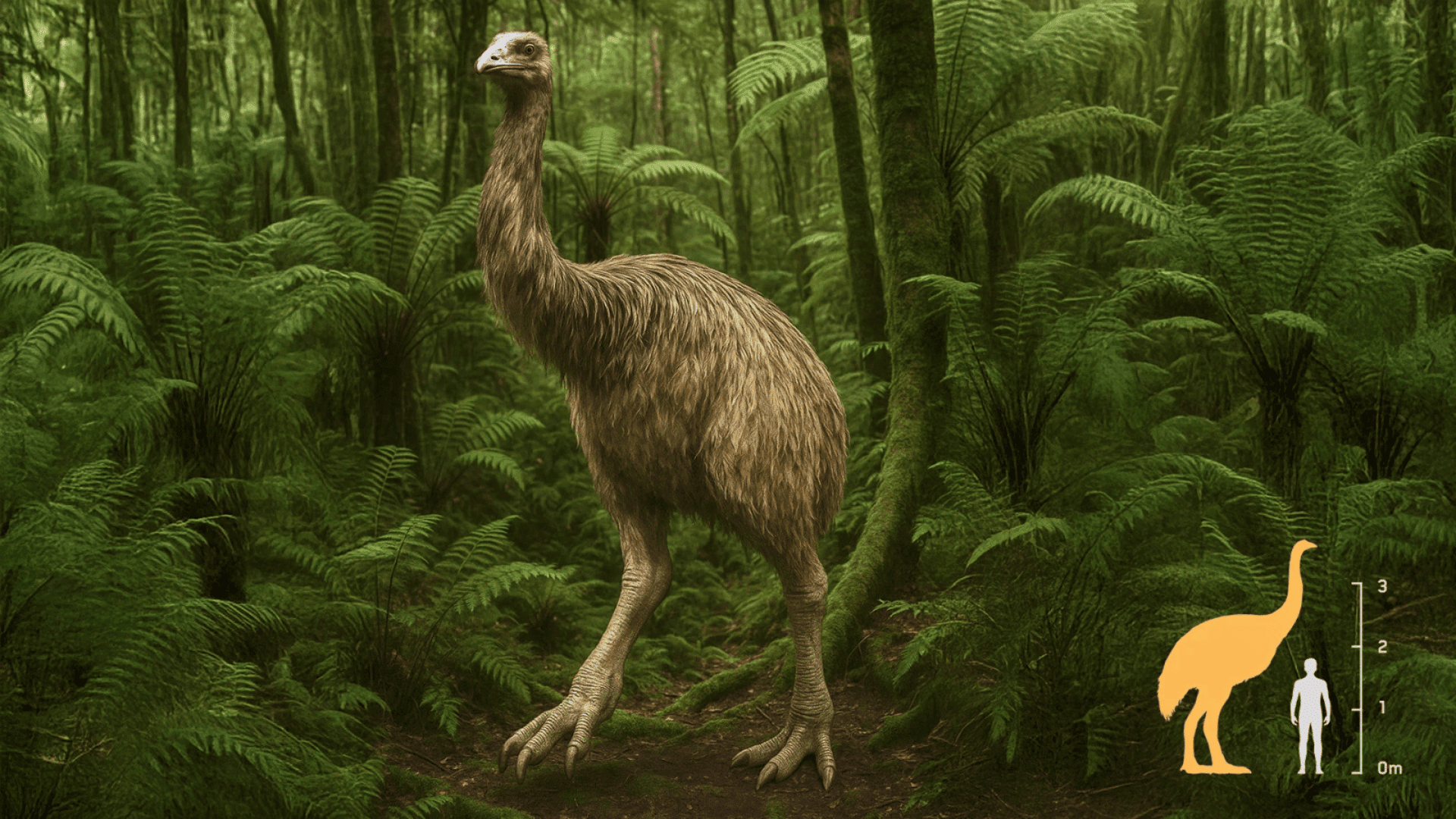Nuclear Science Week (NSW) is an international week-long celebration to focus local, regional, and international interest on everything about nuclear. It invites people from all over the globe to advance education, stimulate participation, and generate communication to provide insight and visibility for the achievements of the nuclear sciences.
NSW is directed by a national steering committee consisting of individuals from all over the nation who work for organizations linked to the nuclear industry. It also partners with several partners that are vital to the nuclear industry like Idaho National Laboratory, Nuclear Energy Institute, and the U.S. Department of Energy. This year’s NSW is taking place from October 18 – October 22.
History of Nuclear Science Week
In 2009, the Smithsonian-affiliated National Museum of Nuclear Science & History consulted with its nuclear industry partners. Together they came to the conclusion that there needed to be a bigger public awareness of nuclear science achievements and decided that a week-long celebration would do the job. As a result, the first Nuclear Science Week celebration was hosted in 2010. In 2013, it was officially declared that NSW will always fall in the third week of October.
NSW is celebrated with many local events around the nation, but a different city is chosen each year to host the national events. The first NSW took place in Albuquerque, New Mexico at the National Museum of Nuclear Science & History, and past host cities include Chicago and Idaho Falls. This year’s national events are taking place in Washington D.C, but there are also virtual events that anyone can attend.
Why Nuclear Energy?
Nuclear energy currently plays a massive role in the production of clean energy around the world and will be a huge proponent in reaching the worldwide goal of reaching net-zero carbon emissions by 2050. Nuclear energy does not emit any greenhouse gas and can run 24/7, giving it the ability to cleanly supplement renewable energy like solar and wind power. Additionally, nuclear energy is extremely powerful. A single nuclear power reactor generates enough electricity to power over 760,000 homes without emitting any air pollution or greenhouse gases. While renewable energy sources are extremely beneficial, none of them right now produce that much energy.
As of 2021, there are 443 nuclear reactors in operation in 32 countries around the world. In 2020, these provided about 10% of the world’s electricity and 20% of the United States’ electricity (it also provided 50% of the United States’ carbon-free electricity). According to the Nuclear Energy Institute, the United States avoided about 476 million metric tons of carbon dioxide emissions in 2019 because of the use of nuclear power plants—that’s the same energy saved from removing 100 million cars from the road!
What Can I Do?
The best thing you can do this Nuclear Science Week is to educate yourself and others about the power of nuclear energy. Check out Nuclear Science Week’s website for more information about the week itself. To find out more about the importance of nuclear energy, head to our page dedicated to nuclear energy and see how nuclear energy is helping prevent energy poverty and environmental migration, the 5 most common myths about nuclear energy, and more.
Or, tune in to Tomorrow’s World Today’s “The Clean Factor,” on Saturday, October 23 at 8:30 am EST on the Science Channel and October 24 at 6:30 am on the Discovery Channel to commemorate the end of NSW. This episode is the first installment of our four-part exploration of nuclear science with weekly episodes starting October 23 and ending November 14.







